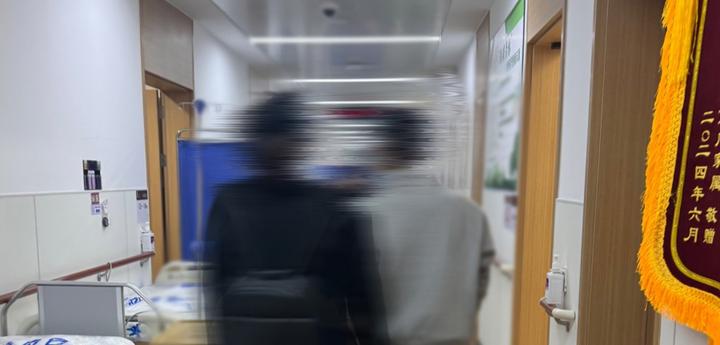Ambulance Chasing in Chinese Hospitals: The Reality Behind Legal Service Marketing
An investigation into the phenomenon of legal service marketers aggressively soliciting accident victims in Chinese hospitals, revealing concerns about service quality and fee structures while highlighting broader challenges in China’s legal industry.

The emergence of aggressive legal service marketing in Chinese hospitals has become a concerning trend, particularly in orthopedic wards where traffic accident victims receive treatment. The phenomenon, reminiscent of “ambulance chasing” in Western contexts, raises serious questions about the quality of legal services and client protection in China.
Recent incidents, including one at a Grade A hospital in Shanghai’s Pudong district, highlight how accident victims are being approached by numerous individuals claiming to represent law firms. In one case, a patient named Zhu Li received over 20 business cards from various “legal representatives” within a single day of her admission for a traffic accident injury.
The reality behind these marketing practices reveals several critical issues:
The marketers are rarely licensed attorneys. Most are legal service company employees or paralegals working on commission. They operate under a volume-based business model, targeting vulnerable patients with promises of swift compensation and “risk-free” representation.
The fee structures are particularly problematic. While legitimate law firms in China typically charge around 18% for contingency fees, these marketers often demand 50-70% of the final settlement. For example, in a case involving a Grade 10 disability rating that might typically yield compensation of 150,000-200,000 yuan, clients working with these marketers might only receive 40,000-50,000 yuan.
The business model operates through a layered system. Marketers collaborate with hospital staff, particularly orderlies and nurses, who receive referral fees for directing patients to specific legal service providers. Some companies have even standardized their sales pitches through pre-recorded videos played on tablets.
This practice reflects broader challenges within China’s legal services market. With approximately 800,000 licensed attorneys in the country, competition for cases has intensified. However, established law firms generally avoid such direct marketing tactics, considering them unprofessional and potentially damaging to their reputation.
The rise of this phenomenon also indicates a significant gap between public perception of legal services and market reality. While Chinese citizens often envision lawyers as sophisticated professionals working in upscale central business districts, the reality for many young attorneys involves struggling to secure clients in an increasingly competitive market.
Regulatory authorities face challenges in addressing this issue. While the practice clearly undermines professional standards, it persists partly because it fills a market need for accessible legal services. However, the high fees and questionable service quality suggest that rather than improving access to justice, these practices may actually exploit vulnerable accident victims.
The situation underscores the need for better regulation of legal service marketing and improved mechanisms for connecting legitimate attorneys with clients. Until such reforms are implemented, patients and their families should exercise caution when approached by legal service marketers in hospital settings.